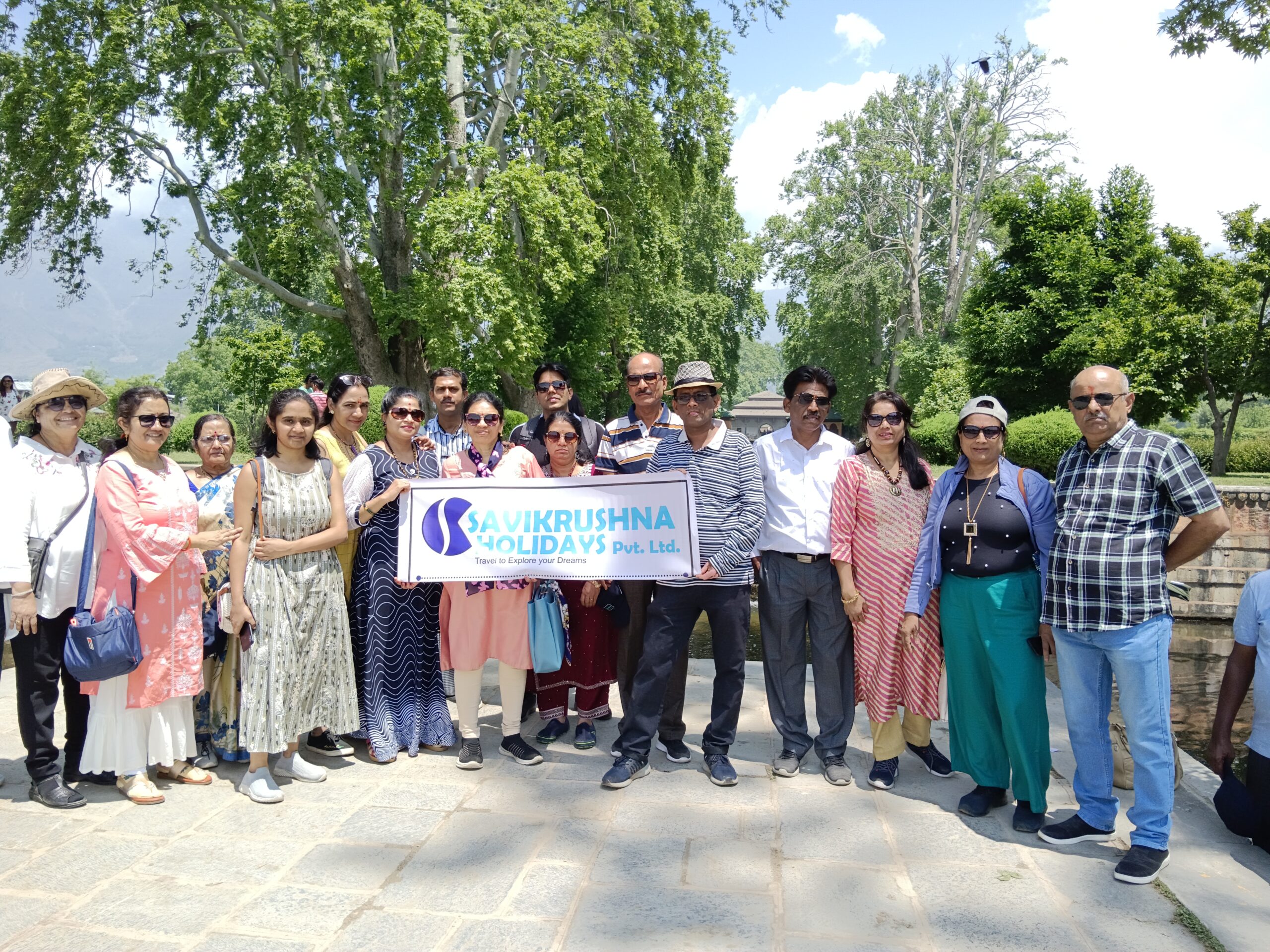Embark on a sacred journey of a lifetime with our Chardham Yatra package. Visit the holiest Hindu pilgrimage sites of Yamunotri, Gangotri, Kedarnath, and Badrinath nestled amidst the majestic Himalayas. Begin your spiritual odyssey with Yamunotri, the source of the Yamuna River, followed by Gangotri, the birthplace of the Ganges. Continue to Kedarnath, where the ancient temple dedicated to Lord Shiva stands amidst breathtaking mountain landscapes. Conclude your pilgrimage at Badrinath, revered as the abode of Lord Vishnu, surrounded by stunning vistas and spiritual aura. Our experienced guides ensure a safe and enriching journey, providing insights into the religious significance and cultural heritage of each destination. Join us for an unforgettable Chardham experience, where devotion meets divine beauty, leaving you spiritually rejuvenated.
Chardham 2024
-
3 Star Dlx Hotels
-
Delhi
-
Tour Insurance
-
Breakfast Lunch and Dinner
-
1 Ltr Bottel / Day
-
2 X 2 Bus
-
Cheque / Card / Cash
-
1
-
90
Overview

Embark on a sacred journey of a lifetime with our Chardham Yatra package. Visit the holiest Hindu pilgrimage sites of Yamunotri, Gangotri, Kedarnath, and Badrinath nestled amidst the majestic Himalayas. Begin your spiritual odyssey with Yamunotri, the source of the Yamuna River, followed by Gangotri, the birthplace of the Ganges. Continue to Kedarnath, where the ancient temple dedicated to Lord Shiva stands amidst breathtaking mountain landscapes. Conclude your pilgrimage at Badrinath, revered as the abode of Lord Vishnu, surrounded by stunning vistas and spiritual aura. Our experienced guides ensure a safe and enriching journey, providing insights into the religious significance and cultural heritage of each destination. Join us for an unforgettable Chardham experience, where devotion meets divine beauty, leaving you spiritually rejuvenated.
DAY TO DAY ITINERARY
PACKAGE CONTAINT
PACKAGE INCLUDES:
- 24/7 Service assistance from Pune office.
- “To & Fro” 03 Tier ac Train Tickets (Pune to Delhi to Pune).
- Accommodation in DELUXE category room on Double sharing basis.
- At Kedarnath standard hotels on bed Basis only.
- All Meals (except 01st Day Breakfast & Last Day Dinner)
- Guided tour with Tour Manager.
- Complimentary water bottle - Daily 1 ltr bottle per person.
- All road & state taxes, driver allowance, Parking, Vehicle permit & night halt.
- Transportation by A/C Vehicle (AC will operate Delhi/Dehradun-Haridwar & Rishikesh-Dehradun on plain road).
PACKAGE DOESN’T INCLUDE:
- Air Fare.
- 5% GOVT Service Tax.
- Any meals other than those specified in ‘Cost Includes’.
- Expenses of personal nature such as tips, telephone calls, laundry, liquor etc.
- Porterage during trekking, Ponies / Dollies during trekking.
- Any item of personal nature like Telephone, Tips, Donations at Temples, Extended Stay or Travelling due to any reason.
- Travel insurance.
- Personal expenses of the clients or any other expenses incurred due to bad weather, road closure, landslides etc. and anything not specified in cost include.
FAQ's
Yes, Kashmir is generally safe for tourists. The region has seen improvements in security, and tourism is actively promoted. However, it’s advisable to stay updated on travel advisories and follow local guidelines during your visit.
The best time to visit Kashmir is during the spring (March to May) and the autumn (September to November) seasons when the weather is pleasant. Winter (December to February) is ideal for snow enthusiasts, while summer offers a respite from the heat in the rest of India.
Some must-visit attractions include Dal Lake, Gulmarg, Pahalgam, Shankaracharya Temple, Mughal Gardens, and local markets in Srinagar. Each destination offers unique experiences.
Kashmir has a well-connected road network, and you can hire local taxis or use public transportation. Additionally, shikara rides and houseboats provide a unique way to travel around Dal Lake. But the Safest and the Easiest way is to Use the Travel Professional or Tour Operator as your Travel Partner. They will Plan a Classic tour for your Dream Vacation with Super perfection
Pack according to the season of your visit. In winters, bring warm clothing, including jackets and boots. In summers, lightweight clothing is suitable. Don’t forget essentials like sunscreen, sunglasses, and any specific medication.
Yes, Kashmir offers a variety of both vegetarian and non-vegetarian dishes. Local specialties include Wazwan, a traditional multi-course meal, and Kashmiri Pulao.




